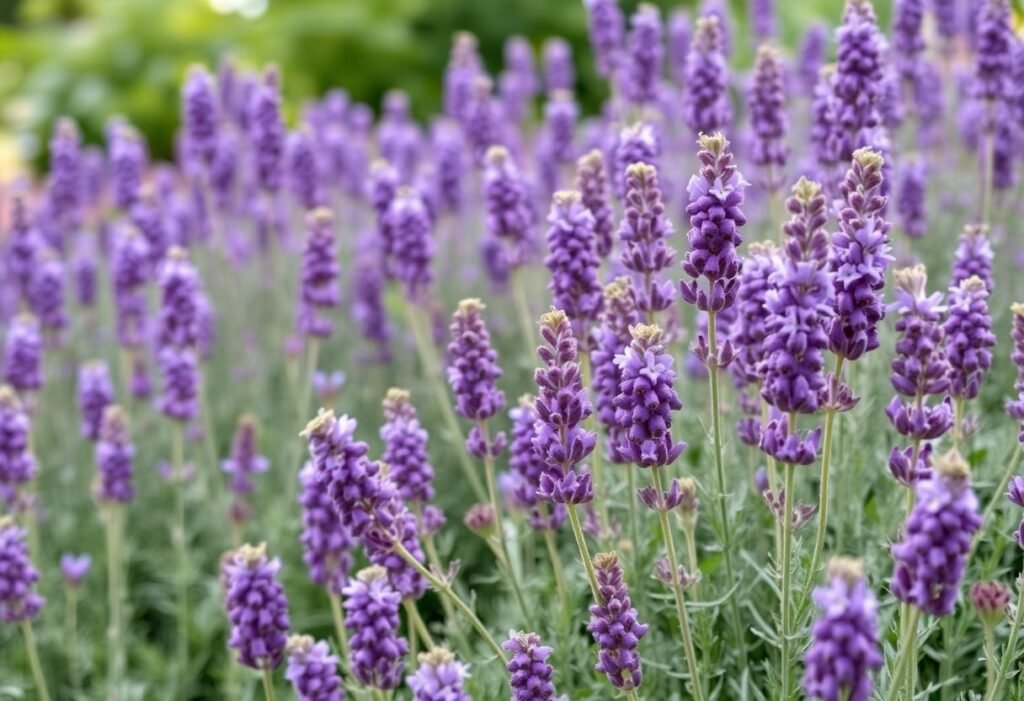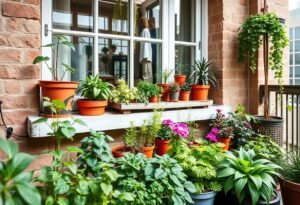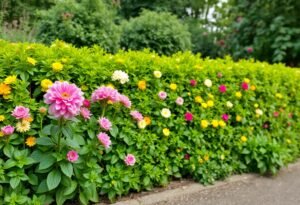Why Choose Lavender for Borders?
Lavender is a plant that perfectly suits the creation of garden borders. Its aesthetic appeal and durability are unparalleled. When you plant lavender along paths or fences, you gain not only a beautiful backdrop but also a natural barrier that helps suppress weed growth. Additionally, the aroma of lavender uplifts the spirit and attracts beneficial insects, like bees. This ideal blend of decorative function and practicality makes lavender for borders a fantastic choice for any gardener.
Best Lavender Varieties for Borders
Among the many lavender species, English lavender (Lavandula angustifolia) is the most commonly chosen for border designs. It features a strong fragrance and stunning violet flowers that don’t just please the eye but also look gorgeous in fresh bouquets. Another great option is French lavender (Lavandula dentata), known for its more ornamental leaves and flowers. Choosing the right lavender variety suited to your garden conditions enables you to enjoy their beauty for years to come.
How to Plant Lavender in Your Garden
Planting lavender should occur in well-draining soil with plenty of sunlight. It’s suggested to space these plants about 12-18 inches apart to ensure they have enough room to grow. Placing lavender along pathways is a great way to highlight the beauty of the garden. Don’t forget to regularly prune your lavender; this encourages bushier growth and abundant blooms.
Lavender in Various Garden Styles
No matter your preferred garden style, lavender seamlessly fits into any landscape. In a rustic garden, it pairs beautifully with wooden elements and natural materials. In a modern garden, lavender in simple, minimalist borders adds refinement. Lavender also harmonizes wonderfully with other plants, such as roses or herbs, making it an ideal companion for a multitude of plant species.
Growing Lavender: Tips and Tricks
Growing lavender is not difficult, but it does require knowledge of a few key practices. These plants thrive in sunny spots and are also resistant to short periods of drought. It’s important to regularly check the soil condition to avoid excessive dryness. Additionally, be vigilant about diseases like powdery mildew that can occur in humid conditions. Proper preparation and care for these beautiful plants will ensure that your lavender borders remain healthy and vibrant.
Culinary and Cosmetic Uses of Lavender
Both the flowers and leaves of lavender have myriad uses in cooking and natural beauty care. They can be added to teas, baked goods, and cosmetic products. Using lavender enhances the flavors of dishes and imparts a unique aroma.
Conclusion
Lavender for borders is undoubtedly one of the most beautiful and functional choices you can make in your garden design. It offers not only aesthetic appeal but also utility and a relaxing fragrance. If you want to enliven your garden, don’t wait! Plant lavender along your borders and enjoy its beauty all year round!

















